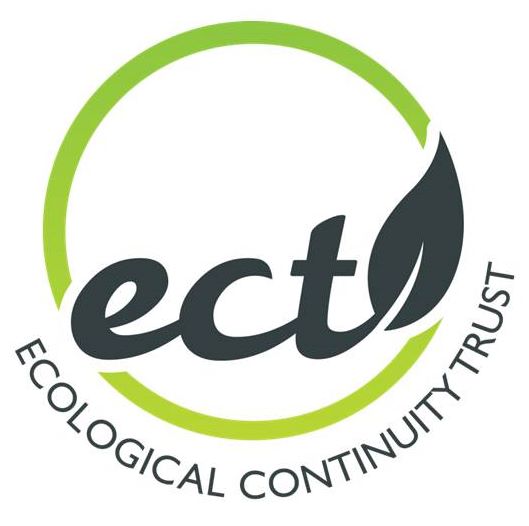Scotland
ECT Media
Watch a digital guided crop tour showcasing the Tulloch experiments
Take a virtual tour of the rotational experiments
Impacts
Scientific:
Crop rotation is environmentally sustainable
Economic:
Increase in crop quality
CHRISTINE WATSON, SRUC
Experimental Design Piecharts (enlarge to view)
Overview
The Tulloch Rotational Trial experiment aims to investigate how legumes (seeds, beans, pulses) can affect productivity when grown in a crop rotation.
The rotations are managed organically removing the need for synthetic fertilisers which leads to nutrient run-off and adversely affects ecosystems. By understanding how legumes affect production and provide environmental benefits, this experiment helps to identify and ultimately encourage the adoption of a sustainable farming system.
Experiment start date: 1991
Habitat type: Grassland
Experiment type: Nutrients
Site manager: Robin Walker, SRUC
Site owner: Scotland’s Rural College (SRUC)
Site size: 20,000 m₂
Experiment conducted by: Christine Watson, SRUC
Experiment goal: To understand how legumes can best support livestock and crop production, while also delivering ecosystem services.
Stakeholders: Soil Association, Scottish Government
Additional links: Global Long-Term Agricultural Experiment Network (GLTEN): Tulloch Entry
Visiting
The public is not permitted to visit. Researchers are welcome to visit and should contact Robin Walker in the first instance.














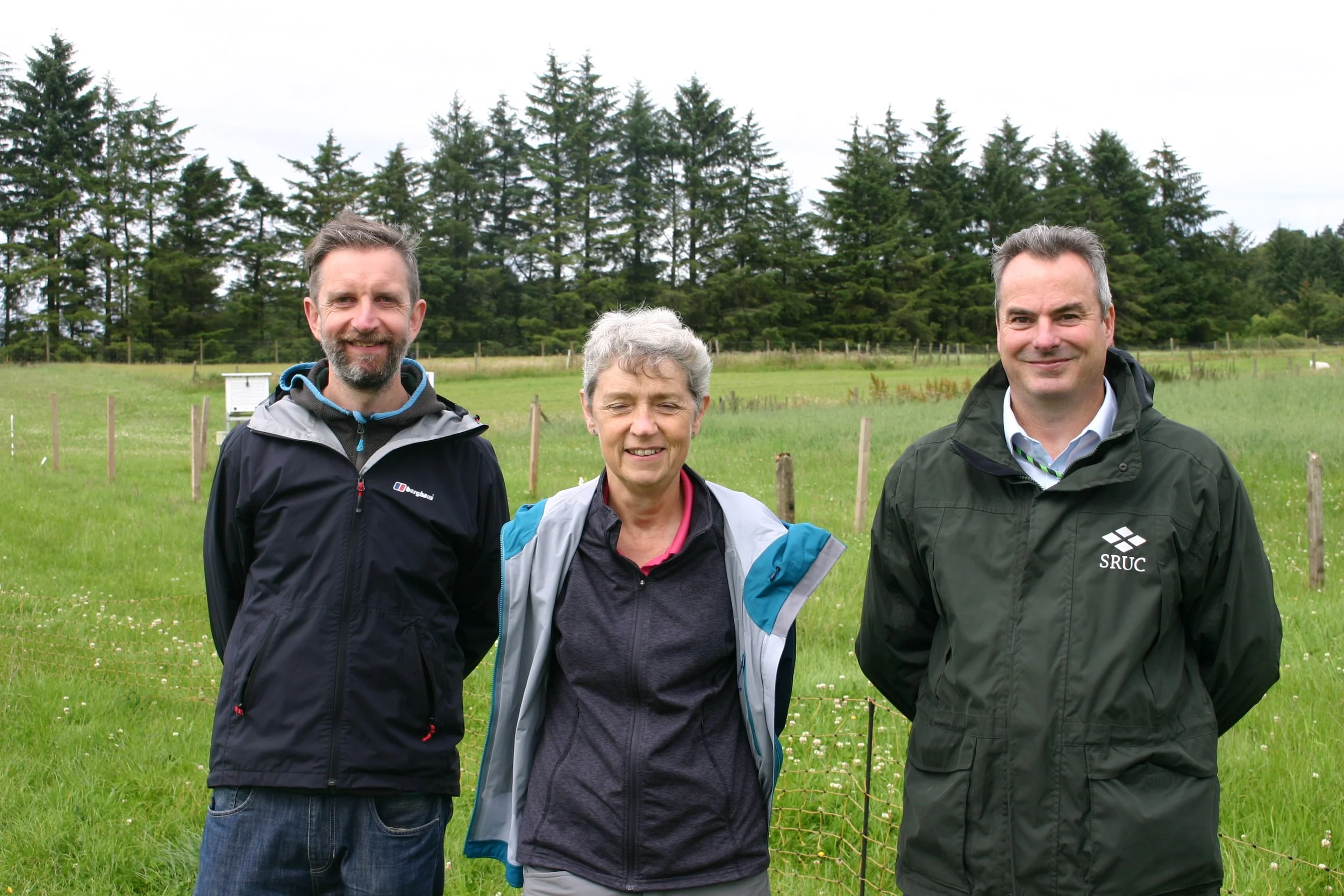
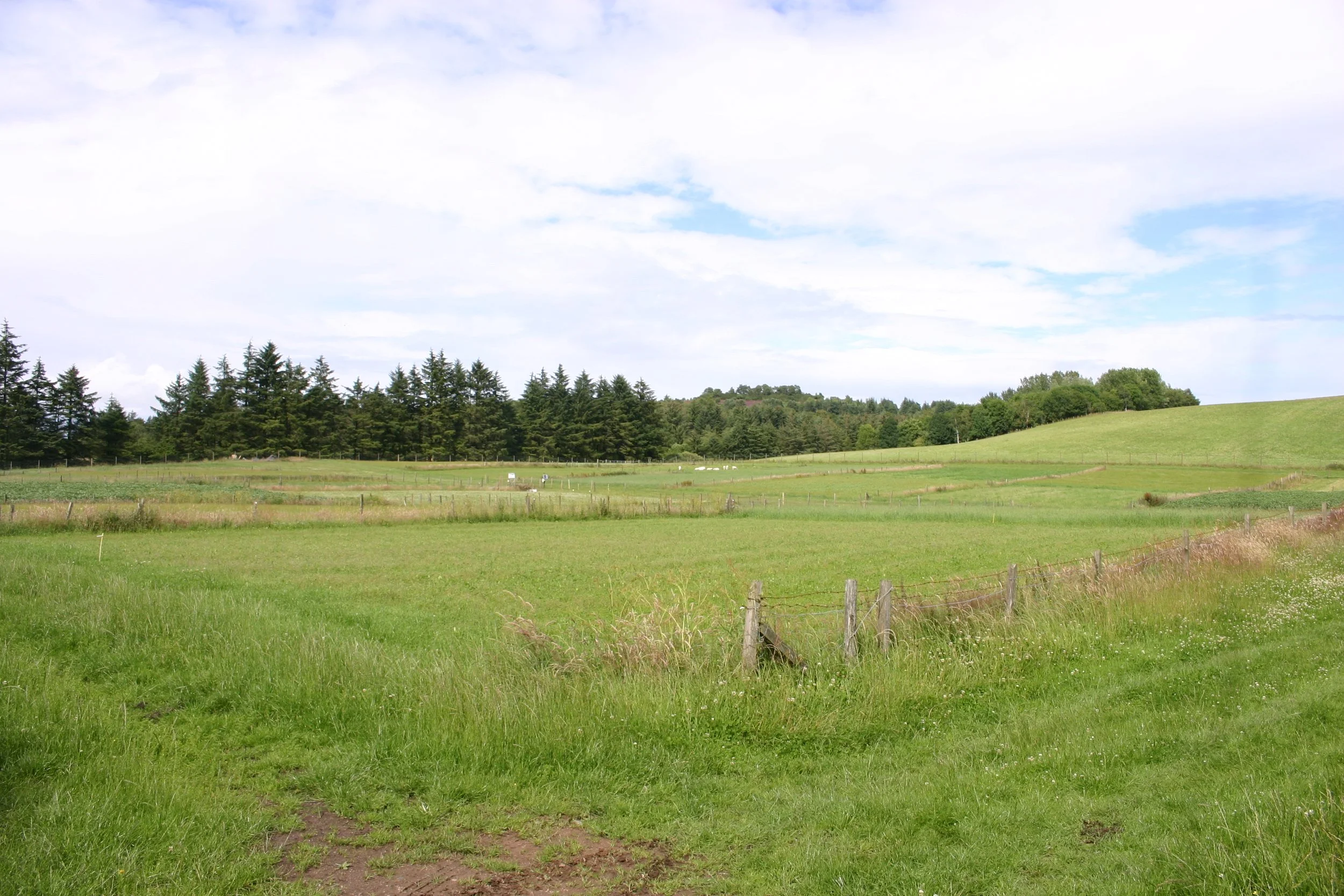









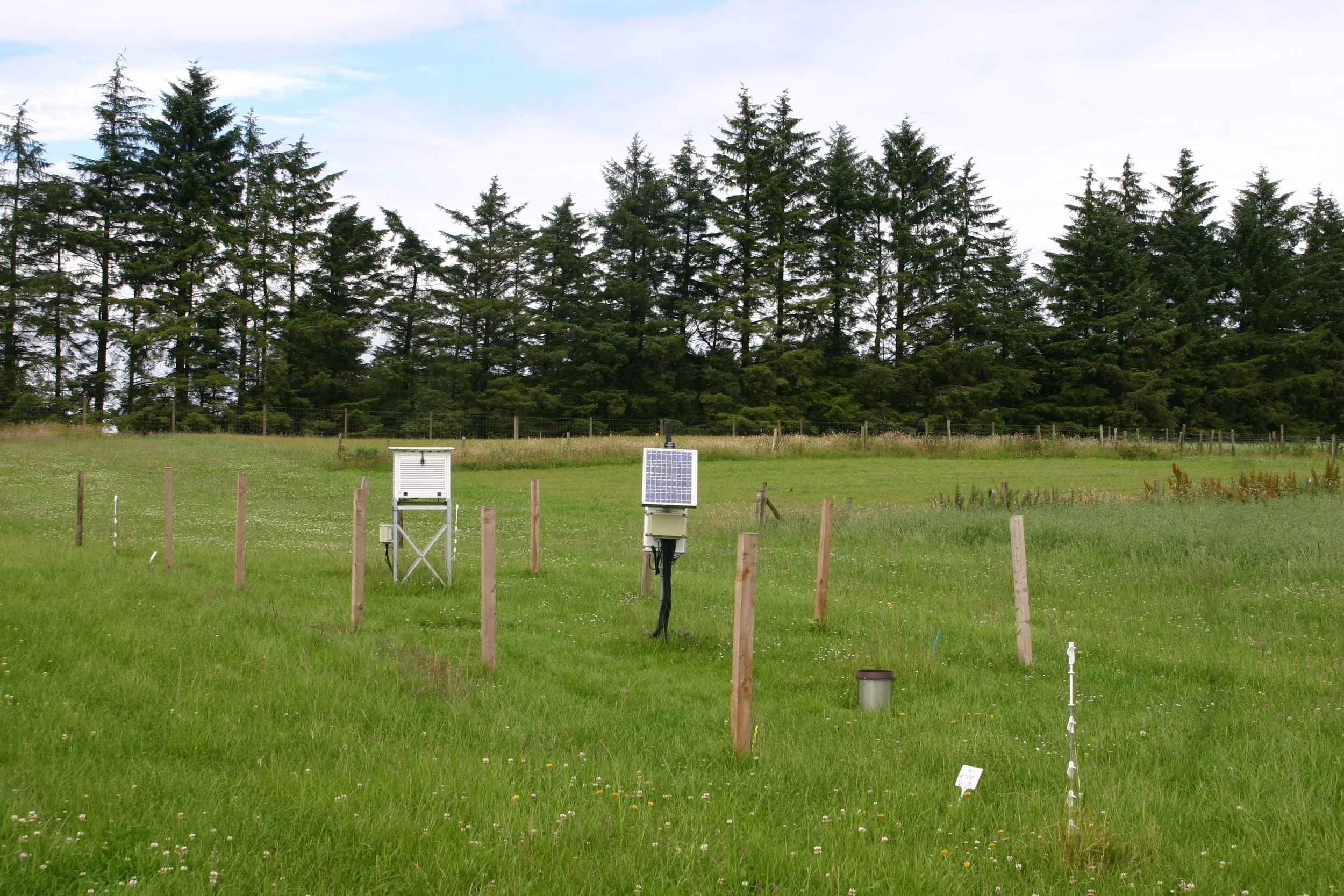




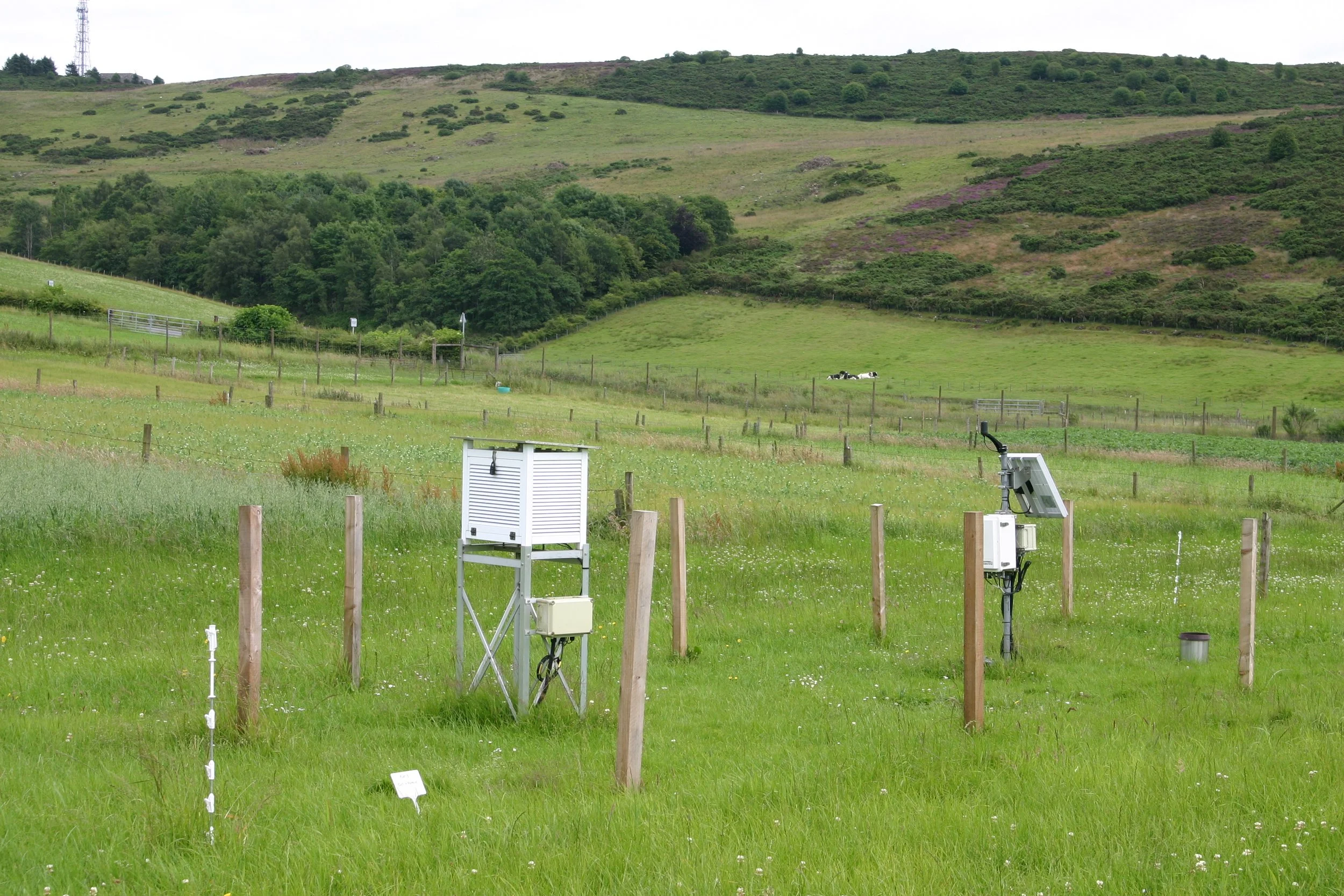



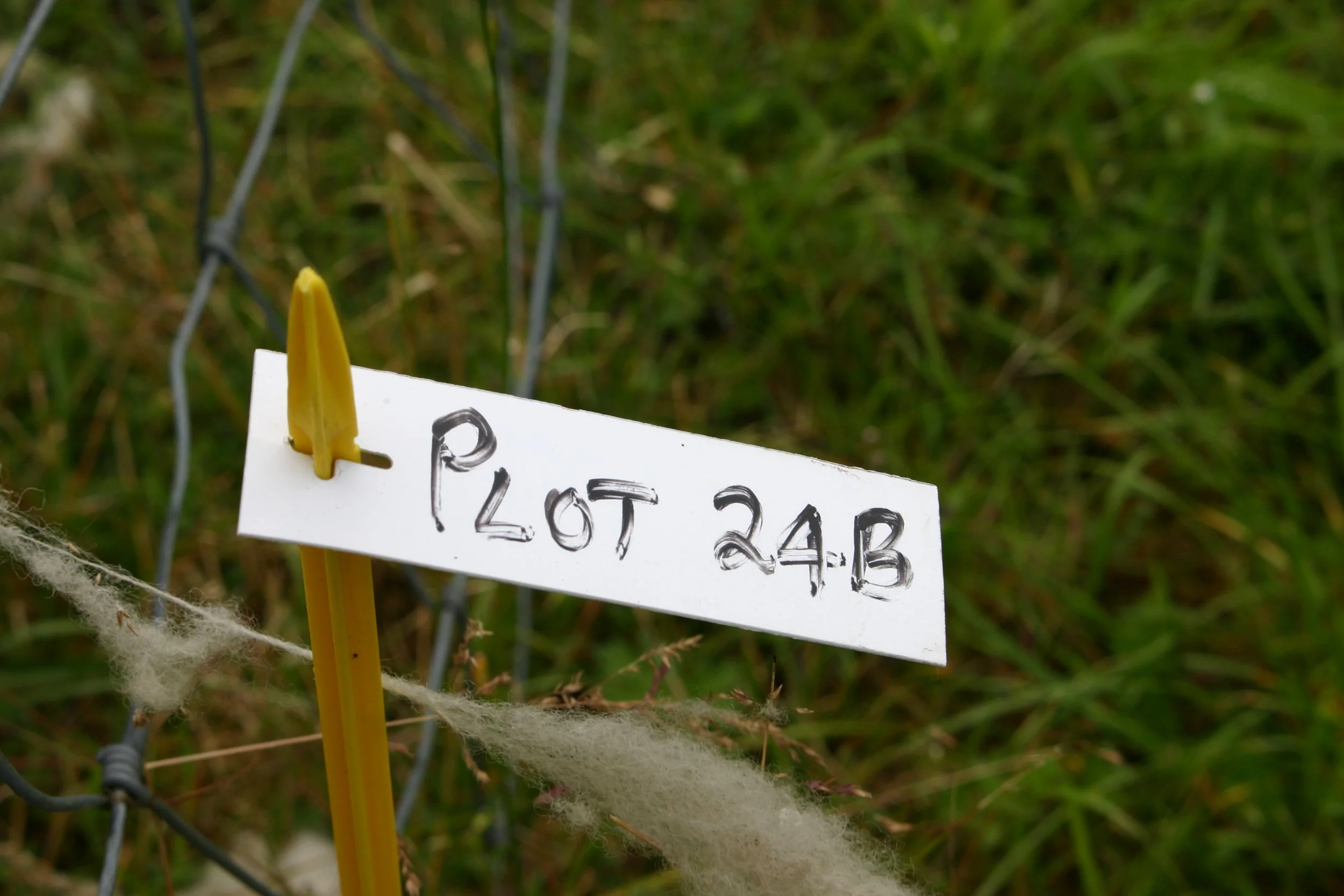
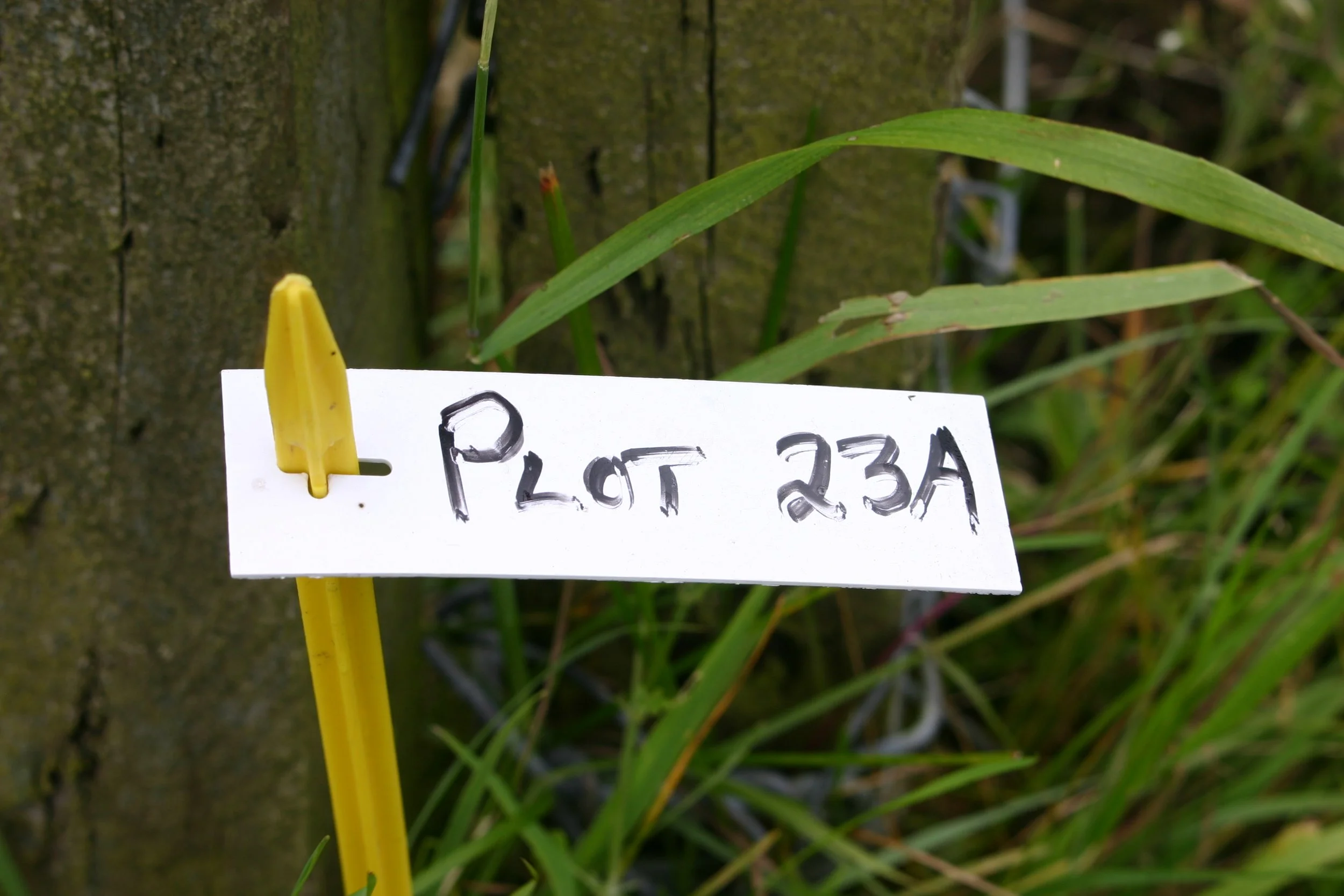



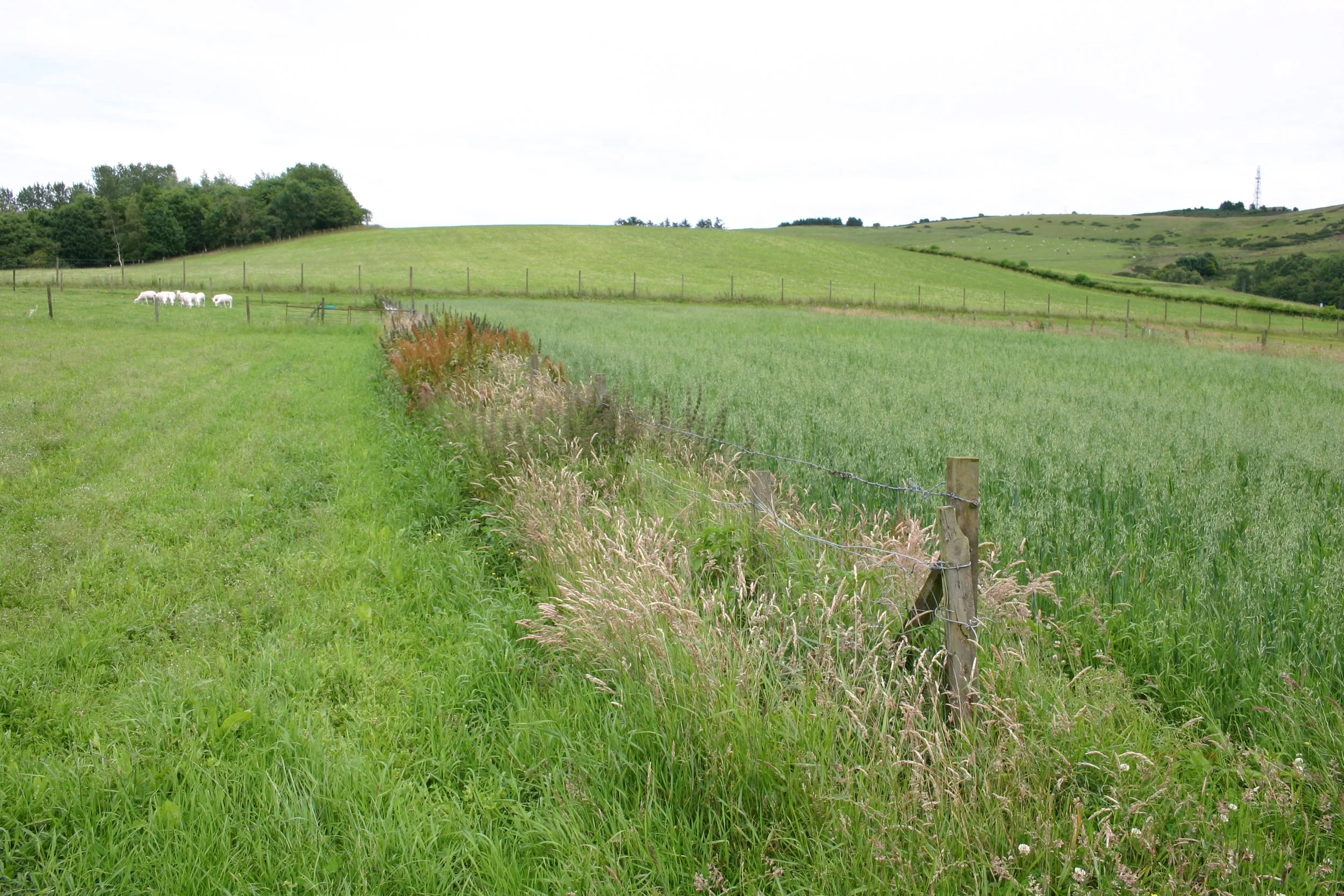



About the experiment
-
Prior to the agro-ecological experiment, Tulloch (which is North of Aberdeen) was used as a commercial farm. The pressures facing the agriculture industry mean that famers need to provide crops with high yields and nutritional value while balancing sustainability and economic viability.
When legumes (seeds, beans, pulses) are grown in a crop rotation with grass clover ley (where grassland and legumes are grown together), there are benefits: Legumes fix nitrogen and leave it in the soil to be used by the crop, and it improves biodiversity for pollinators and microbes. Additionally, the (grass clover) ley allows for herbage to be used for grazing and silage, it increases soil organic matter, improves soil structure, and adds nitrogen. This ability to fix nitrogen eliminates the need for synthetic fertilisers and plays a key role in organic agriculture, and its adoption.
This experiment studies how legumes can best be used in a crop rotation to increase crop and livestock quality and yield, while also ensuring the sustainability and financial viability of the system.
-
Phase 1 (1991-2006)
Two rotations of different grass clover ley durations were set up with 6 plots each with different proportions of grass ley to crops:
T3 – rotation of 3 years and 50% grass ley and 50% crop
T4 – rotation of 4 years, and 67% grass ley and 33% crop
Both of which had 2 replicates. Each of the 6 plots started at a different phase in the following crop rotation sequence:
Grass and white clover
Spring oats (Avena sativa)
Spring oats undersown with grass and white clover, and swedes (Brassica napus L.)
Spring oats undersown with grass and white clover, and potatoes (Solanum tuberosum L.)
(See the Experimental Design Piecharts.)
On top of that, sheep grazing, cutting management and cattle manure was applied. Data was collected from the 1995 onwards.
Phase 2 (2007-2022)
T3 remained the same as in phase 1. But for the T4 rotations, in the G1-4 phases, ryegrass and red clover were undersown instead. Additional crops were grown in the ‘S’ phase; beans, wheat, potatoes and barley. The grazing sheep were removed and green manure was used instead.
Phase 3 (2023-onwards)
In T3, the only change was that kale replaced the swedes. In T4, kale and tricrop replaced the potatoes.
-
Phase 1: The duration of the grass ley phase only affects the crop/ grain quality, but not the yield.
To make crop rotation economically viable, it is important to identify the optimal duration of the grass ley phase to maximise crop yield and quality. Previous studies have given inconsistent results between 2-10 years. For some studies, no optimal duration has been identified. Watson et al. (2011) collected data on grain yield, grain quality (as measured by nitrogen %), and nitrogen offtake from 1995. They found that while average grain yield between the T3 (3-year rotation) and T4 (4-year rotation) showed no difference, the grain quality was higher in T4 than in T3.
Phase 1: Using legumes in a crop rotation is environmentally sustainable
The sustainability of crop rotations as indicated by soil fertility, crop yield and weed coverage has a huge impact on the adoption of crop rotation. Taylor et al. (2006) compared the sustainability of the rotations: They measured the crop yield, weed coverage, and looked at the soil fertility by analysing its phosphorus (P), potassium (K) and organic matter content.
They found that oat crop yields were higher if grown after the first G1- G4 cycle in the sequence ley phase, than if they were grown later after successive cycles of the sequence in the rotation. They also found T4 had a slightly higher yield than T3 if they were grown later in the rotation. But the difference was not significant. Despite an increase in early summer weed in the crops, it did not affect the crop yields, and the minor changes in soil P, K and organic matter indicated that soil fertility was not a problem. Overall, Taylor et al discovered that both crop rotations (T3 and T4) were sustainable.
Phase 2: Using legumes in a crop rotation provide some benefit but there is room for improvement.
Because different nutrient management approaches affect the nutritional value of food (the protein, starch, fats, sugar, nitrogen, P and K content), Willoughby et al. (2022) wanted to compare this value between several approaches: Synthetic fertilisers, organic amendments, incorporating crop residues and legumes in a crop rotation. They also included livestock.
They found that the legumes in a crop rotation without livestock produced more protein, sugar and starch than a rotation with livestock. When compared with the synthetic fertilised rotation, the legume rotation had lower levels of K and P. This indicates that K and P are not being taken up by the crop, and represent soil fertility decrease and economic loss.
Ultimately, despite benefits in using legumes in a crop rotation, improvements are required.
-
